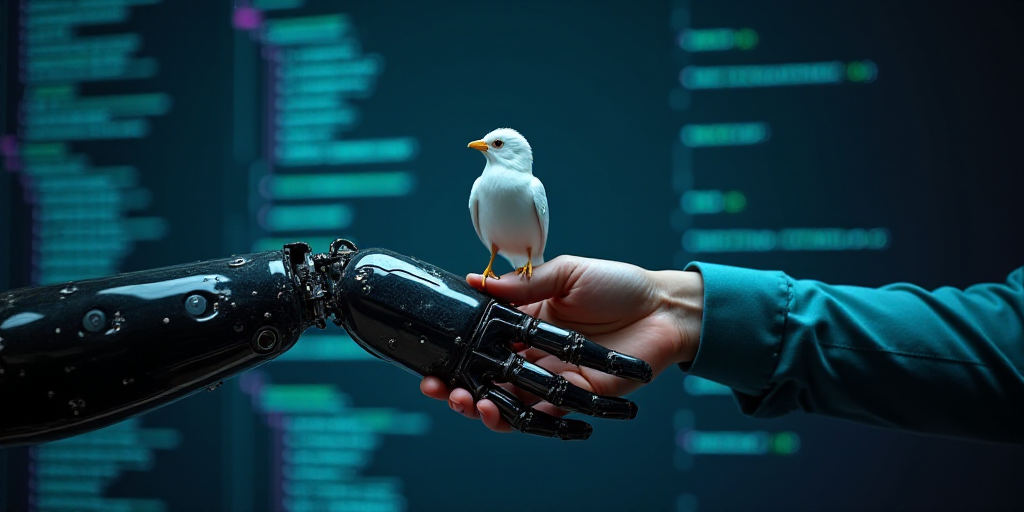The Shifting Focus on AI in the Workplace
While businesses often discuss artificial intelligence (AI) in terms of productivity benefits such as automation, efficiency, and cost savings, a growing trend suggests that the focus should shift. According to the study “The 100 Top Uses of Generative AI in 2025,” published by Harvard Business Review and researched by Marc Zao-Sanders, the most common use of AI this year is not for tasks like drafting emails or generating reports. Instead, it’s for “therapy or companionship,” defined as emotional support through simulated conversations.
AI as an Emotional Lifeline
This finding is significant because AI is increasingly being used not just for work but to emotionally support those who work. It’s not as a complement to professional therapy, but as the “only available, accessible, and judgment-free presence.”
The Prevalence of Mental Health Issues in the Workforce
The question arises: how isolated do people feel to turn to a screen for emotional outlet? This issue isn’t separate from daily work routines, as preferring to converse with an algorithmic system over a manager, colleagues, or HR isn’t just about convenience; it’s a response to the lack of reliable connections.
According to Mexico’s National Survey on Self-Reported Well-being, 15% of the adult population has shown symptoms of depression, and 19% have experienced anxiety. These figures only account for those who acknowledge their situation, meaning the actual numbers could be much higher when including those unaware.
Several work-related factors contribute to these statistics: low wages, workplace violence, limited control over assigned tasks, toxic leadership, and more. The International Labour Organization (ILO) and the World Health Organization (WHO) estimate that mental health issues have increased by 25% since the onset of the COVID-19 pandemic. These organizations calculate that depression and anxiety result in a loss of 12 billion working days annually and reduce global economic output by $1 trillion.
AI as a Reflection of Workplace Shortcomings
The data from Marc Zao-Sanders, as published by Harvard Business Review, highlights this shift. While a year ago, the most common uses of generative AI were work-related, this year they’re linked to personal support issues, including therapy and emotional companionship, life organization, and purpose-seeking.
This emotional use of AI should be interpreted as an alert. It may not appear in performance reports or labor climate surveys, but it’s happening—a growing trend occurring silently in places where results and goals are demanded.
The Cultural and Organizational Problem
Although AI generative tools are becoming commonplace in the workplace, they represent more than just a tool. They reflect what’s missing in work environments: listening, care, and humanity. As long as companies continue to automate without taking responsibility for creating life-sustaining spaces, they’ll keep delegating deeply human functions—like listening, containing, and accompanying—to technology not designed for personal care.
Key Questions and Answers
- What is the main trend in AI usage? The most common use of AI now is for emotional support and companionship, not work-related tasks.
- Why are employees turning to AI for emotional support? Due to the lack of reliable connections and support in their workplaces, employees find solace in AI as a non-judgmental emotional outlet.
- What mental health issues are prevalent in the workforce? Depression and anxiety symptoms are reported by 15% and 19% of the adult population, respectively.
- What factors contribute to these mental health issues? Factors include low wages, workplace violence, limited control over tasks, and toxic leadership.
- What does the shift in AI usage indicate? It indicates a growing need for emotional support and care within work environments, reflecting the absence of human connection and responsibility.






